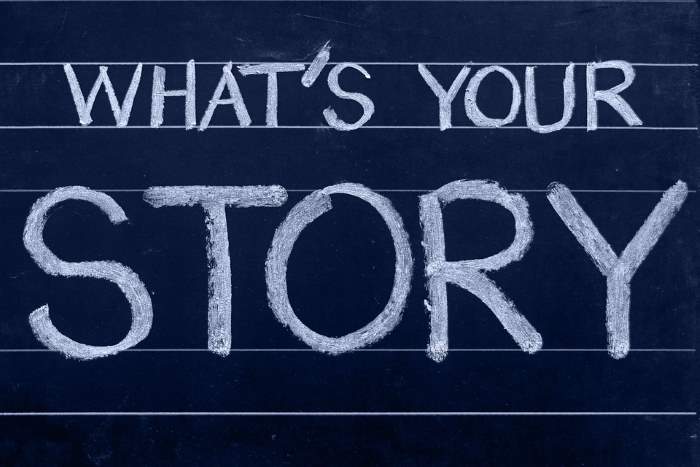How businesses get a customer’s attention has changed significantly in recent times. There has been a shift, among consumers and decision-makers, from the over-reliance on old-fashioned sales promises and standard banner ads. With the rate at which competition is rising, it is becoming extremely hard for businesses to draw customers’ attention through television ads or shiny billboards.

Modern consumers are interested in your brand narrative, which apparently, is more than your USP or even a sales pitch. It is your brand’s voice, your background and identity. The right narrative will help prospects and customers understand your brand from a different perspective, and that is why modern marketers are considering storytelling as a marketing tool. However, what are the benefits? Read on to learn why marketing through storytelling works.
Why is Storytelling a Great Marketing Tool?
Marketing through storytelling, of course, is not a new concept. Brands such as BrewDog, Marks and Spencer, and even Coca Cola have benefited from this approach for years. With the average individual consuming over 100,000 digital words daily, research shows that about 92% of these people would benefit from such words if they were in a story format. So, what’s in it for brands that use storytelling as a marketing tool?
Customer Motivation
Probably, you can remember an advert from back in the day. The chances are high that whatever the advert was, it had a story that lingered in your mind. Marketing through storytelling is a great way to draw customer’s attention, using a fascinating tale prior to the introduction of a call to action. As such, the brand builds an emotional connection with its prospects and customers, making it hard to turn down their call to action.
Makes Brands Memorable
While customers can often remember your brand because of numerous marketing aspects, such as a catchy headline, professional photos, or even a fantastic video, nothing beats them all better than a great and captivating story. However, of course, the story should resonate with the tastes, preferences, or needs of the reader. Can you remember a headline in a book from your kindergarten days? We bet you can remember fables and still hum along most of the rhymes you were taught during preschool. That’s it –the power of storytelling in enhancing memorability.

Attitude, Opinion, and Brain Chemistry
It is unlikely that a bunch of statistics or a list of facts will change your prospects’ opinion and attitude towards your brand. This is especially true where there is bias or strong objection to the brand. Research carried out by Berkeley showed the potential of stories in changing people’s behaviors, opinions, and attitudes, as well as brain chemistry. You can incorporate stories in your Press Releases, opinion pieces, or even in sales pages, to persuade your audience to taken action.
Build Trust and Relationships
A report by Nielsen’s Global Trust in Advertising and Brand Messages Survey indicated that 92% of consumers build trust in brands through earned media (media mentions, referrals, word of mouth, etc.). How does it apply? You could be sharing clients’ testimonials, media mentions, anecdotes, or even stories with your audience to build trust and strengthen relationships.
Creating Neuro-Associations
Storytelling not only makes your target audience remember your brand, but it also adds a more tangible element to its value. There is no doubt that good stories impact our memories. For example, there is a strong connection between Coke and Christmas, which is attributable to Coke’s Christmas advert where Santa uses a brightly-lit branded truck to deliver presents on Christmas day. As such, many people in the United Kingdom know is Christmas when they see the truck on their TVs. Using stories to create such associations can transform your brand significantly.
While it is agreeable that storytelling is a powerful tool, it can only be successful if you have a brilliant brand narrative, understand your audience, and use the right channels to reach your target audience.

